Medicinal Plants and Uses
Apr 14, 2023
Medicinal plants are beneficial to all.
Medicinal plants have therapeutic properties and can be used for medicinal purposes. For thousands of years, people have used plants as medicine to treat various ailments and illnesses. Many modern drugs are derived from plant compounds or are inspired by traditional herbal remedies.
Many different medicinal plants have been used for various purposes.
Blue cohosh (Caulophyllum thalictroides) is a medicinal plant indigenous peoples of North America use for various health issues. It is primarily known for its use as a women's herb, particularly for menstrual and reproductive concerns.
Some of the medicinal purposes of blue cohosh include:
- Menstrual cramps: Blue cohosh is known for its antispasmodic properties, which can help to ease menstrual cramps and relieve pain.
- Labor induction: Blue cohosh is believed to help stimulate contractions in pregnant women and has been used to help induce labor naturally.
- Menopause: Blue cohosh may help to alleviate problems such as hot flashes and mood swings associated with menopause.
- Uterine health: Blue cohosh is believed to have a calming effect on the uterus, which may help to regulate menstrual cycles and support overall uterine health.
- Arthritis: Blue cohosh has anti-inflammatory properties that help reduce inflammation and pain associated with arthritis.
It is important to note that blue cohosh should not be used during pregnancy except under the guidance of a qualified healthcare practitioner. It may also have potential side effects and interactions with other medications, so it is essential to consult a healthcare provider before using blue cohosh for medicinal purposes.
It is important to note that while medicinal plants can be very beneficial, they can also have side effects and interactions with other medications.
Goldenseal (Hydrastis canadensis) is a medicinal plant indigenous peoples in North America used for centuries for various health issues. It is primarily known for its antibacterial and anti-inflammatory properties and has been used to treat various ailments.
Some of the medicinal purposes of goldenseal include:
- Digestive issues: Goldenseal has been used to treat digestive problems, such as diarrhea, constipation, and stomach ulcers.
- Respiratory infections: Goldenseal has antibacterial and anti-inflammatory properties that may help to treat respiratory diseases, such as sinusitis, bronchitis, and pneumonia.
- Eye infections: Goldenseal has been used as an eye wash to treat conjunctivitis (pink eye) and other eye infections.
- Skin infections: Goldenseal has been used topically to treat skin infections, such as eczema, psoriasis, and acne.
- Immune system support: Goldenseal has immune-stimulating properties that help to support the immune system and prevent infections.
Goldenseal should be used under the guidance of a qualified healthcare practitioner, as it may have possible side effects and reactions with other medications. It should not be used during pregnancy or lactation; long-term use may lead to adverse effects such as liver damage.
Bloodroot (Sanguinaria canadensis) has a history of use as a traditional medicine by indigenous peoples for various purposes. Bloodroot contains several bioactive compounds, including alkaloids, flavonoids, and saponins, responsible for their medicinal properties.
Some of the medicinal purposes of bloodroot include:
- Skin conditions: Bloodroot has been used topically to aid in skin conditions such as warts, moles, and tags. It may also be effective in treating skin cancer and other skin disorders.
- Respiratory issues: Bloodroot has been used to treat lung problems such as asthma, bronchitis, and coughing. It may also be effective in treating sinus infections and other respiratory infections.
- Digestive issues: Bloodroot has been used to treat digestive problems such as indigestion, diarrhea, and constipation.
- Pain relief: Bloodroot has analgesic properties, which can help relieve pain associated with headaches, toothaches, and menstrual cramps.
- Immune system support: Bloodroot has immune-stimulating properties that can help support the immune system and prevent infections.
It is important to note that bloodroot should be used under the supervision of a professional healthcare practitioner, as it can have potential side effects and interactions with other medications. Bloodroot should not be ingested, as it is toxic in high doses and may cause serious harm. Topical use should also be cautiously approached, as bloodroot may cause skin irritation or other adverse effects.
Black cohosh (Actaea racemosa) is a medicinal plant native to eastern North America that has a history of use in traditional medicine for various purposes, particularly in women's health. Black cohosh contains several bioactive compounds, including triterpene glycosides and phenolic acids, responsible for their medicinal properties.
Some of the medicinal purposes of black cohosh include:
- Menopausal symptoms: Black cohosh effectively reduces hot flashes, night sweats, and other signs of menopause.
- Menstrual cramps: Black cohosh has analgesic and antispasmodic properties that may help to relieve menstrual cramps and other menstrual-related pain.
- Mood disorders: Black cohosh has been used for anxiety and depression.
- Osteoporosis: Black cohosh may help to prevent osteoporosis by increasing bone density.
- Rheumatism: Black cohosh has anti-inflammatory properties that may cause rheumatism.
Buy Medicinal Plants Online at Native Wildflowers Nursery.
It is important to note that black cohosh should be used with supervision of a healthcare practitioner, as it can have potential side effects and interactions with other medications. It should not be used during pregnancy or lactation; long-term use may lead to adverse effects such as liver damage.

 Native Ferns
Native Ferns
 Native Mosses
Native Mosses
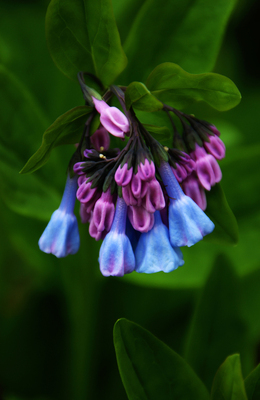 Native Perennials
Native Perennials
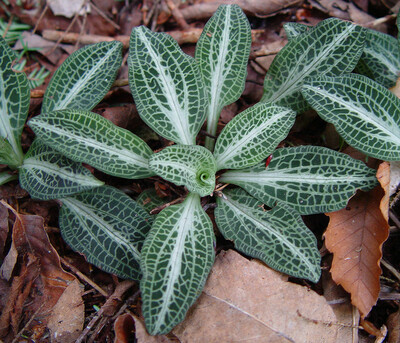 Native Ground Covers
Native Ground Covers
 Native Trees
Native Trees
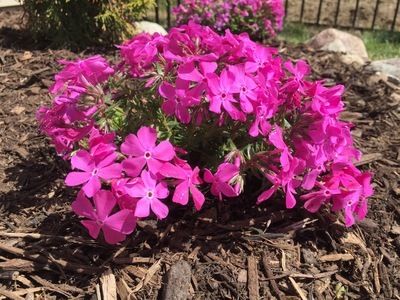 Shop By Zone
Shop By Zone
 Flowering Groundcovers
Flowering Groundcovers
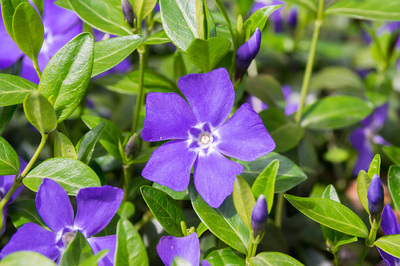 Evergreen Groundcovers
Evergreen Groundcovers
 Pollinators
Pollinators
 Shop Bloom Color
Shop Bloom Color
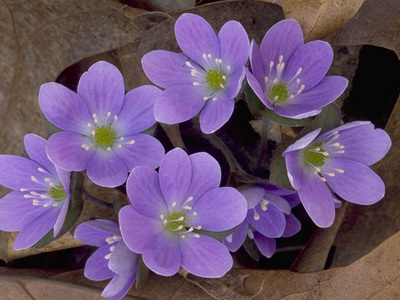 Perennials By Zone
Perennials By Zone
 Medicinal Herb Plants
Medicinal Herb Plants
 Spring Bulbs
Spring Bulbs
 Trillium
Trillium
 Ferns for Zone 3
Ferns for Zone 3
 Ferns for Zone 4
Ferns for Zone 4
 Ferns for Zone 5
Ferns for Zone 5
 Ferns for Zone 6
Ferns for Zone 6
 Ferns for Zone 7
Ferns for Zone 7
 Ferns for Zone 8
Ferns for Zone 8
 Christmas bows
Christmas bows
 Fresh Wreaths
Fresh Wreaths
 Garlands
Garlands
 Large Pine Cones
Large Pine Cones
 Live Mistletoe
Live Mistletoe
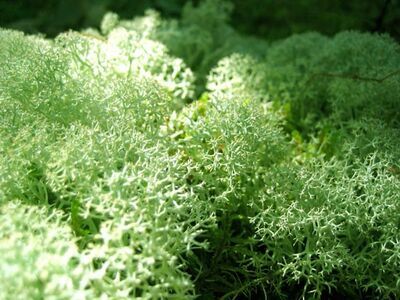 Moss
Moss
 Shop Trees By Zone
Shop Trees By Zone
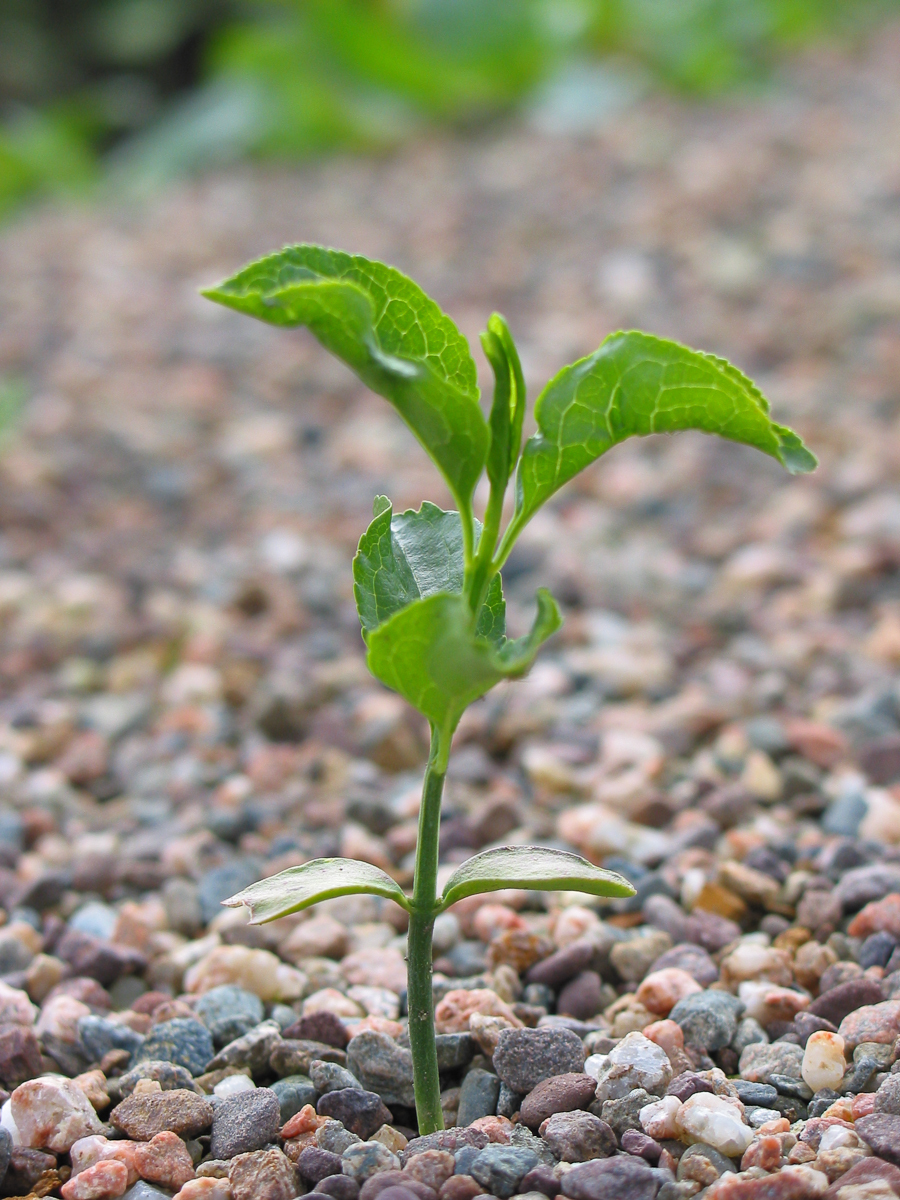 Tree Seedlings
Tree Seedlings
 Fast Growing Trees
Fast Growing Trees
 Pine Trees
Pine Trees
 Live Stakes
Live Stakes
 Evergreens
Evergreens
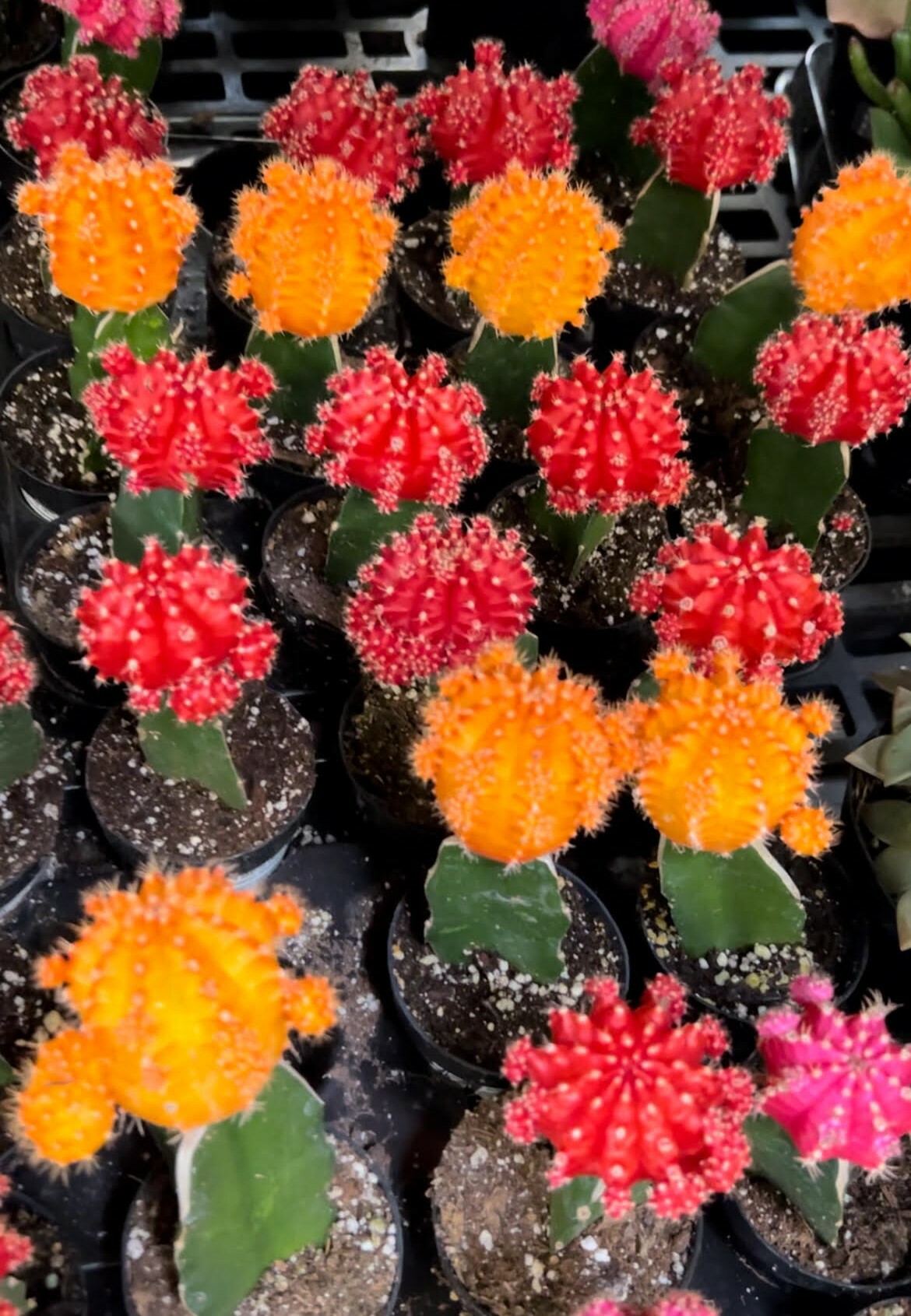 Cactus
Cactus
 Combos
Combos
 Echeveria
Echeveria
 Haworthia
Haworthia
 Sedum - Stonecrop
Sedum - Stonecrop
